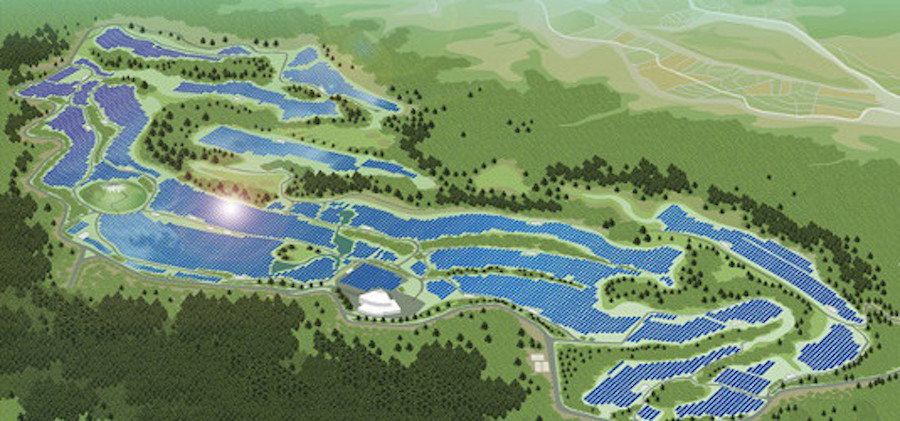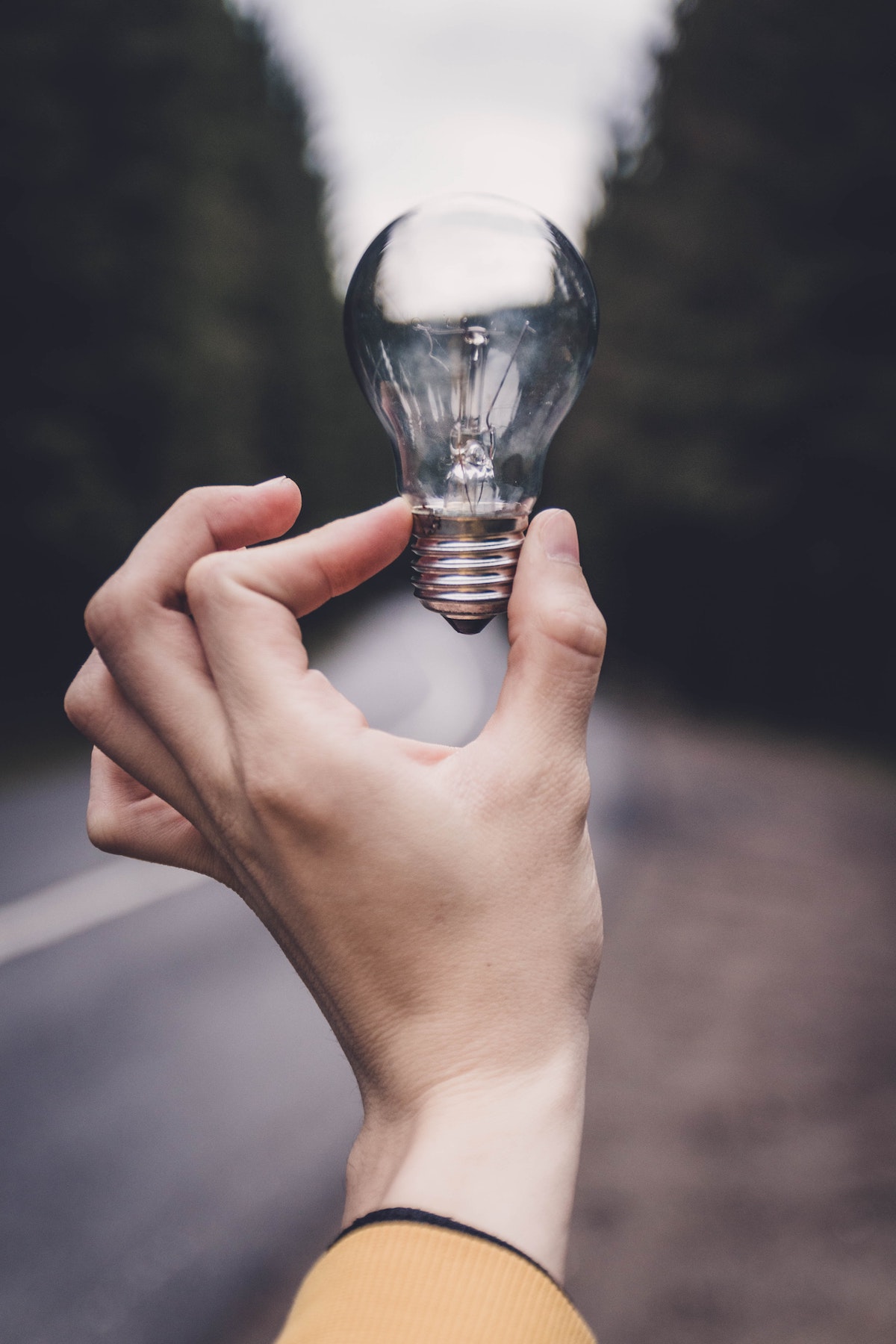Golf courses, landfills, and parka pockets become unlikely power sources with the advent of smarter solar.
Breathtaking desert expanses of panels and mirrors mark solar energy’s growth, but renewables’ next wave won’t be confined to dusty no-man’s-land. As researchers find new ways to make solar smaller, see-through, and sticky, virtually any surface under the sun is fair game for clean power.
Solar photovoltaic capacity is already expanding widely and expected to more than triple in the next 10 years, according to a recent report. (See surprising countries where wind and solar are booming.) Here are some of the less conventional ways this growth could happen.
Parkas and Other Wearables
In the future, you might not have to hunt for phone-charging power on the go; instead, you could be wearing it. Solar-powered watches have been around for decades. Now a number of companies are planting panels on everything from Swarovski-encrusted fitness trackers to this parka, which features a solar pocket that Dutch designer Pauline van Dongen says can charge a smartphone within two hours. For now, at least, prototype designs like van Dongen’s parkas are hard to come by, but solar backpack options abound.
From our partners:
Obsolete Golf Courses

Waning interest in golf has forced many courses to close, but what’s bad news for the sport is potentially good news for solar developers seeking open real estate in densely populated places such as Japan. There, at least four solar plants are planned on abandoned golf courses.
“Solar can provide a particularly productive and environmentally friendly use for defunct golf courses,” the Kyoto-based solar system maker Kyocera says of one project on its website, noting the “expansive land mass, high sun exposure, and a low concentration of shade trees.”
Roads and Paths

The 2014 emergence of Solar Roadways, an Idaho couple’s bid to replace asphalt with solar panels, drew massive attention—their promotional video has 20 million views on YouTube—and no shortage of skepticism. While that concept remains in development, solar pavers are appearing elsewhere.
On the outskirts of Amsterdam, the 100-meter (328-foot) SolaRoad, covered partly in photovoltaic cells topped with tempered glass, generated 3,000 kilowatt hours of electricity between October 2014, when it opened, and May 2015. The amount is small—close to a third of what one average U.S. home would typically use in a year—but it’s more than the company expected and signals promise for future applications.
Another way to generate power from the pavement is to use the energy generated from footsteps on top of it. The concept, piezoelectricity, has been tested on sidewalks in Toulouse, France, a shopping center in Sydney, and (of course) in dance clubs. (Read more about how people can generate electricity with their feet.).
On the Water
Panels can float, too. Installations sit atop wastewater at a treatment plant in southern Australia and a reservoir east of Tokyo, Japan. The latter array, which is set to be completed in spring of 2016 and will generate enough electricity to power nearly 5,000 households, is made up of panels designed to withstand corrosion. The panels also underwent tests simulating high wind conditions, in case extreme weather strikes.
Brownfields and Landfills

PHOTOGRAPH BY ARISTIDE ECONOMOPOULOS, STAR LEDGER, CORBIS
Sites that once held garbage or toxic waste now have new potential as renewable energy powerhouses. The town of Bridgeport, Connecticut, for example, plans to put 9,000 solar panels on an old landfill, creating 2.2 megawatts of electric capacity. (Read about how this plan sparked a fight among environmentalists of different stripes.)
In New Jersey, a brownfield that was home to a gas plant is now a solar farm than can power 170 homes. (See a video about that site.)
Windows and Phones

The most striking new instances of solar energy might be ones that you’ll never see. New materials promise to capture the sun’s power while remaining transparent, making it possible to use them on windows, phones, and other small electronics. As Miles Barr, chief executive and co-founder of transparent-solar startup Ubiquitous Energy, said earlier this year: “You can let your imagination run wild. We see this eventually going virtually everywhere.”
Also, read about Stanford University researcher Xaolin Zheng’s quest to create stick-on solar panels.
The story is part of a special series that explores energy issues.
This feature originally appeared in National Geographic.

















